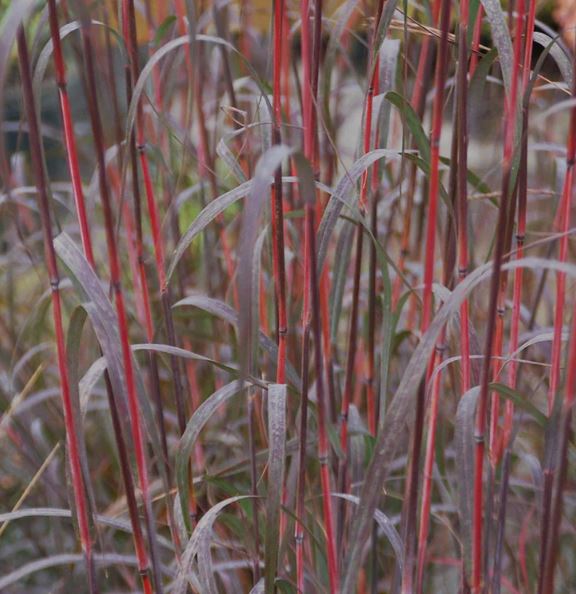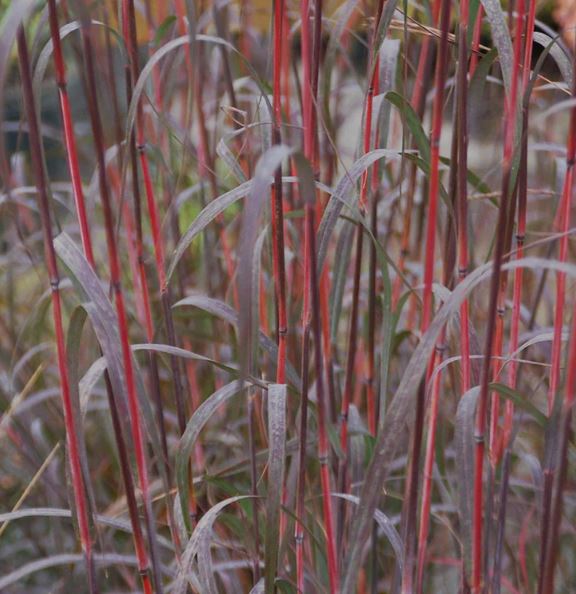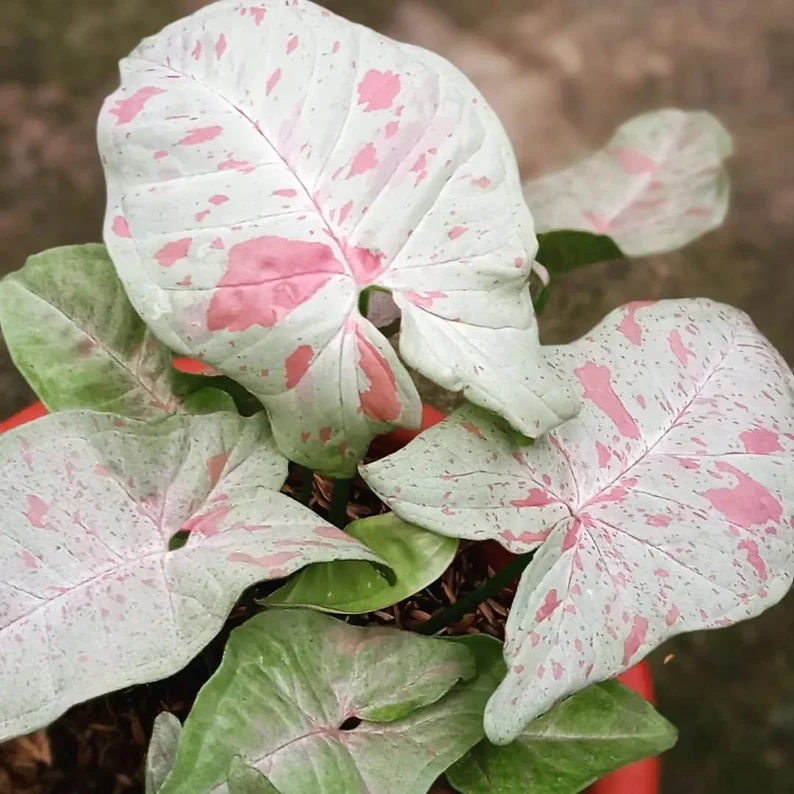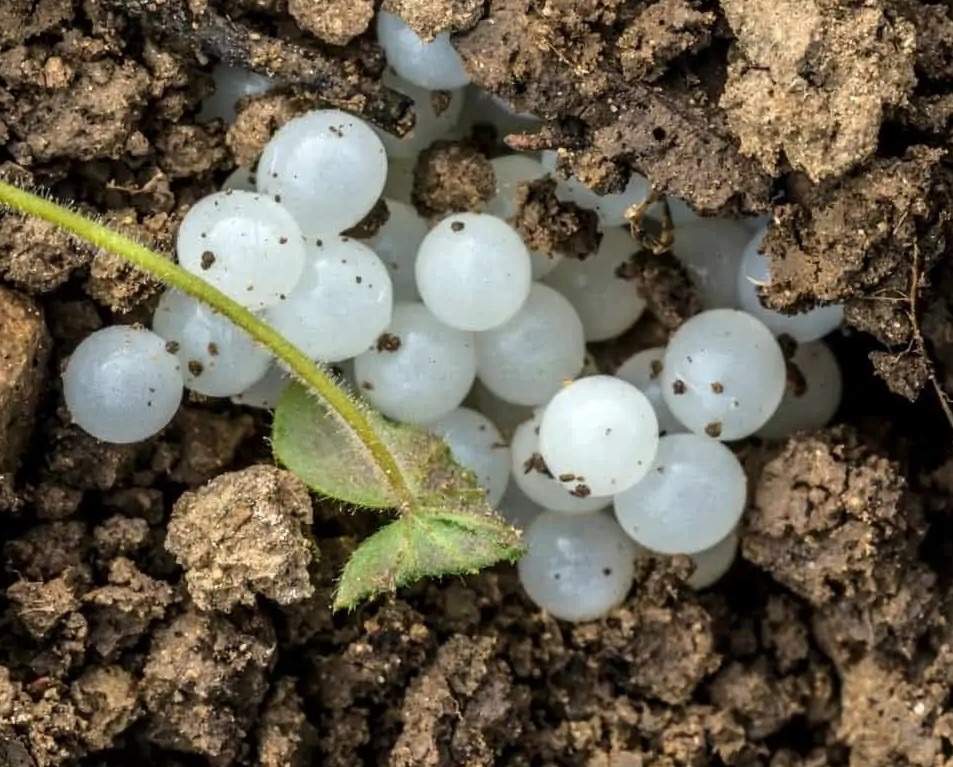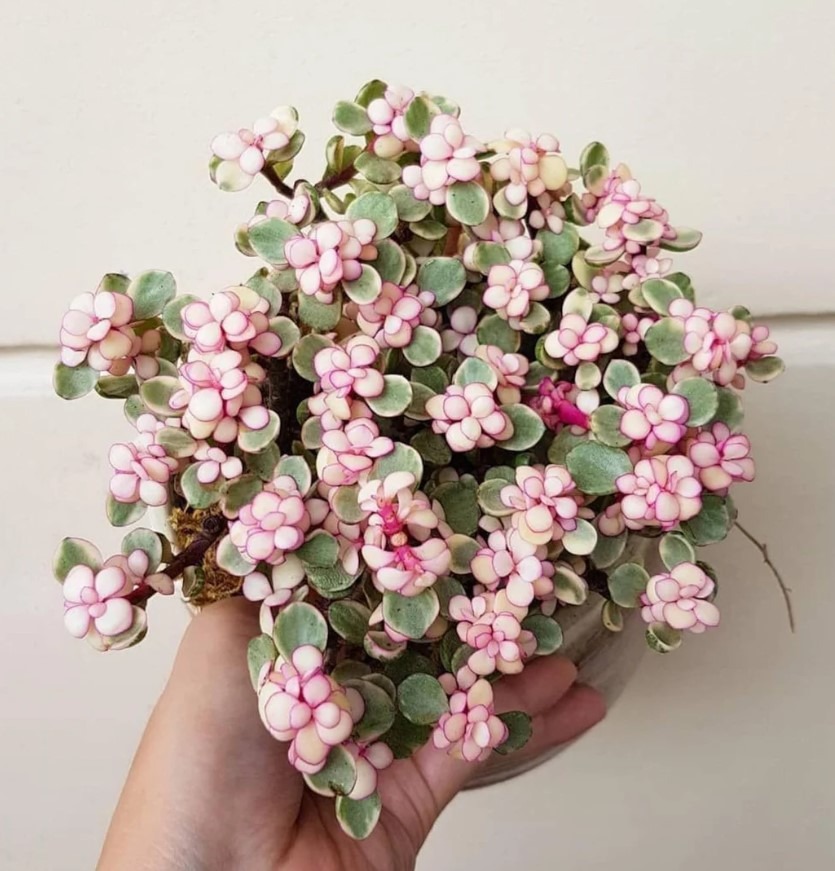Introduction:
Holy Smoke Fountain Grass, also known as Pennisetum setaceum ‘Rubrum’, is a stunning ornamental grass that has been gaining popularity among garden enthusiasts. With its unique smoky purple foliage and graceful fountain-like plumes, this grass adds a touch of elegance and drama to any garden. In this blog post, we will explore the various attributes of Holy Smoke Fountain Grass and why it deserves a spot in your garden.
Appearance:
Holy Smoke Fountain Grass is characterized by its striking purple foliage, which starts off as a deep burgundy color and gradually fades to a smoky purple shade. The feathery plumes, which emerge in late summer, add a beautiful contrast with their soft, creamy-white color. As the plumes mature, they develop an attractive pinkish hue, creating a mesmerizing display that adds depth and texture to your garden.
Growth Habits:
This grass typically reaches a height of 3 to 4 feet, with a spread of about 2 to 3 feet. It forms dense clumps that gracefully arch outward, creating a cascading effect. Holy Smoke Fountain Grass is a warm-season grass, meaning it thrives in full sun and well-drained soil. It is known for its ability to withstand drought conditions, making it a low-maintenance choice for gardeners.
Versatility in Landscaping:
Due to its attractive color and form, Holy Smoke Fountain Grass can be used in various landscaping applications. It serves as an excellent focal point when planted individually or in small groups. Its feathery plumes sway gracefully in the breeze, creating a dynamic movement that adds life and interest to any garden space. Additionally, it can be used as a border plant, edging a pathway or defining different garden sections.
Seasonal Interest:
One of the highlights of Holy Smoke Fountain Grass is its ability to provide year-round interest in the garden. In spring, the new foliage emerges with a vibrant reddish-purple hue, catching the eye and signaling the start of a new growing season. As summer progresses, the purple foliage deepens, creating a rich backdrop for other plants in the garden. Finally, in late summer and early fall, the airy plumes emerge, adding a touch of ethereal elegance that lasts well into the winter months.
Maintenance and Care:
Holy Smoke Fountain Grass is relatively low-maintenance, making it an excellent choice for both beginner and experienced gardeners. It is drought-tolerant once established, but regular watering is necessary during its early stages. Pruning should be done in early spring before new growth appears to remove any dead or damaged foliage. Dividing the clumps every few years helps maintain the plant’s vigor and prevents overcrowding.
Step-by-Step Guide
Step 1: Selecting the Right Location
The first step in growing holy smoke fountain grass is to choose the right location. This grass thrives in full sun, so select a spot in your garden that receives at least six hours of direct sunlight each day. Ensure that the area has well-draining soil, as holy smoke fountain grass does not tolerate waterlogged conditions.
Step 2: Preparing the Soil
Before planting holy smoke fountain grass, it is essential to prepare the soil properly. Start by removing any weeds or debris from the area. Loosen the soil using a garden fork or tiller to a depth of 8-10 inches. Incorporate organic matter, such as compost or well-rotted manure, to improve soil fertility and drainage.
Step 3: Planting Holy Smoke Fountain Grass
Now that the soil is prepared, it’s time to plant holy smoke fountain grass. Dig a hole that is slightly larger than the root ball of the plant. Place the grass in the hole, ensuring that the top of the root ball is level with the surrounding soil. Backfill the hole with soil, gently firming it around the roots. Water the newly planted grass thoroughly.
Step 4: Watering and Fertilizing
Holy smoke fountain grass requires regular watering, especially during hot and dry periods. Water deeply but infrequently, allowing the soil to dry out slightly between waterings. Avoid overwatering, as this can lead to root rot. In terms of fertilization, apply a balanced slow-release fertilizer in spring to promote healthy growth.
Step 5: Pruning and Maintenance
To keep holy smoke fountain grass looking its best, regular pruning and maintenance are necessary. In late winter or early spring, before new growth emerges, cut the grass back to a height of 4-6 inches. This helps to rejuvenate the plant and encourage new growth. Additionally, remove any dead or damaged foliage throughout the year to maintain a tidy appearance.
Step 6: Dealing with Pests and Diseases
Holy smoke fountain grass is relatively resistant to pests and diseases. However, it may occasionally attract aphids or grasshoppers. If you notice any infestation, you can control them by using insecticidal soap or natural predators like ladybugs. Additionally, keeping the grass well-maintained and avoiding overcrowding can help prevent diseases such as fungal infections.
Step 7: Dividing Holy Smoke Fountain Grass
Over time, holy smoke fountain grass may become overcrowded or lose its vigor. When this happens, it is time to divide the plant. The best time to divide holy smoke grass is in early spring when new growth begins. Dig up the plant, divide it into smaller clumps using a sharp knife or garden spade, and replant the divisions in well-prepared soil.
Questions or Concerns?
-
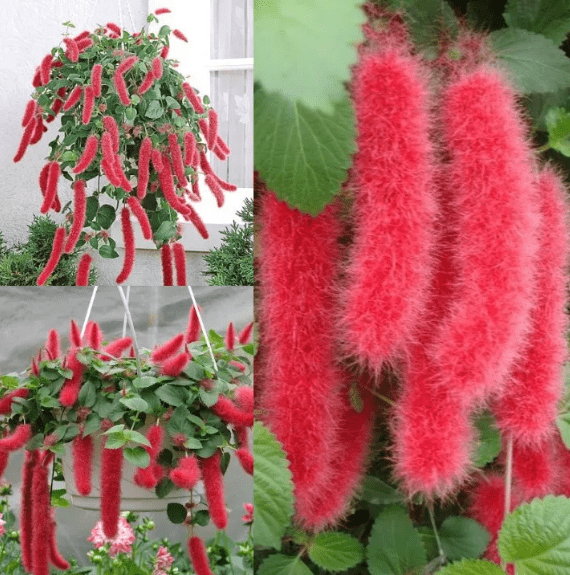
The Ultimate Strawberry Firetail Care Guide
-

The Majestic Staghorn Plants: A Guide to Care and Nurture
-
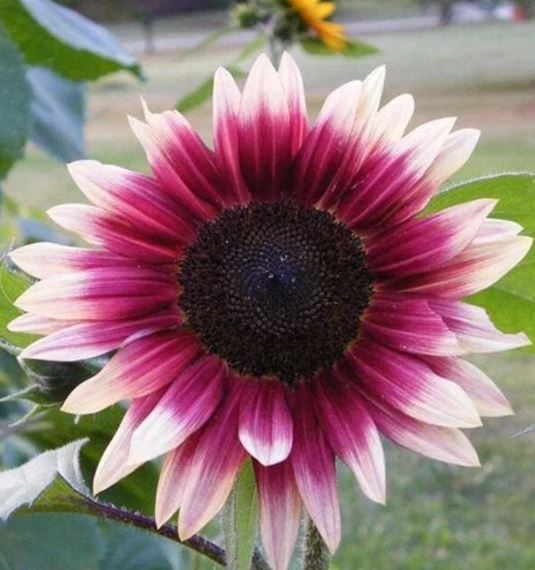
Blooming Beauty: A Guide to Nurturing Cherry Rose Sunflowers
-
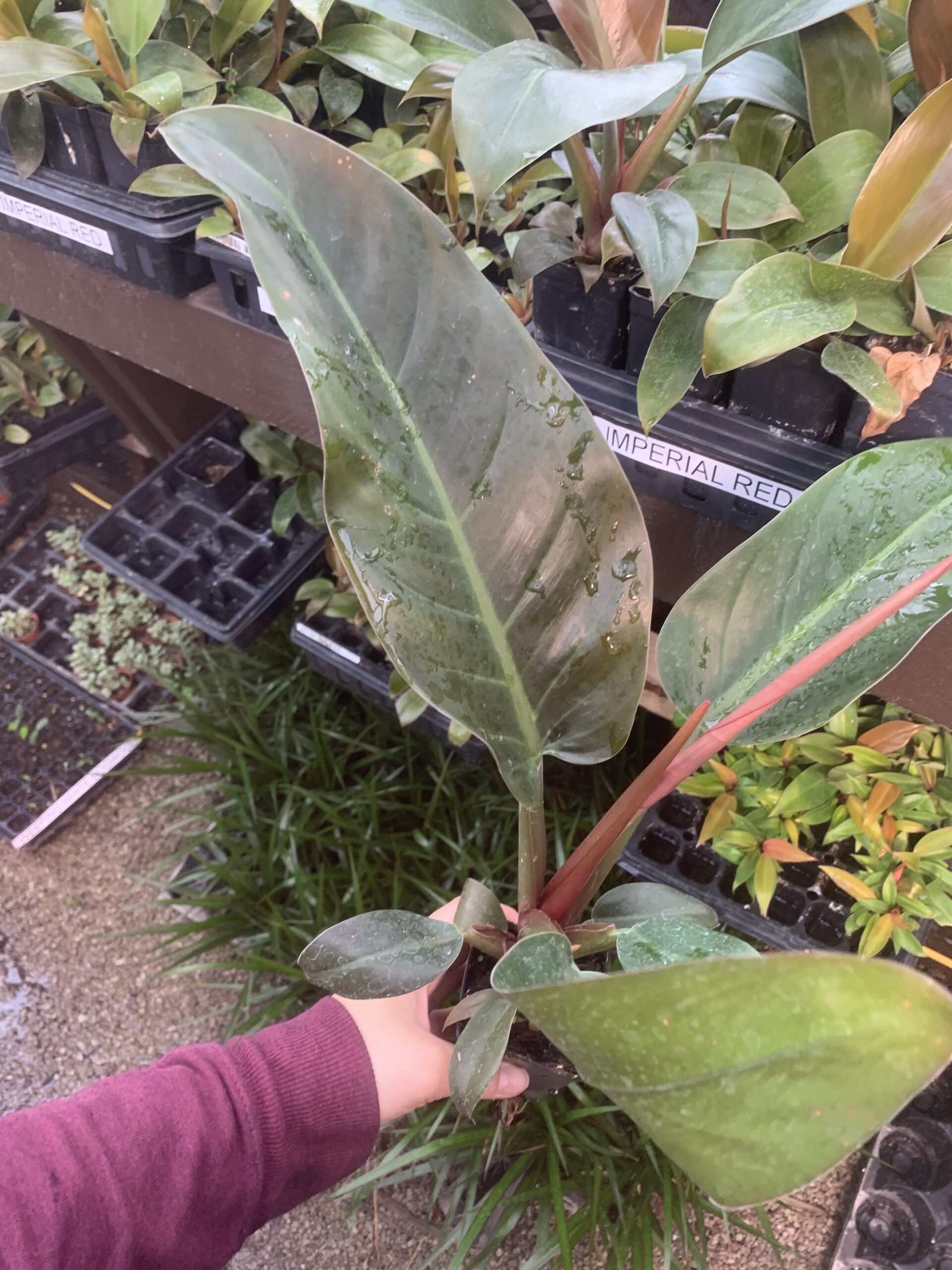
The Journey of Imperial Red Philodendron: From Seedling to Mature Growth
Proudly powered by WordPress


